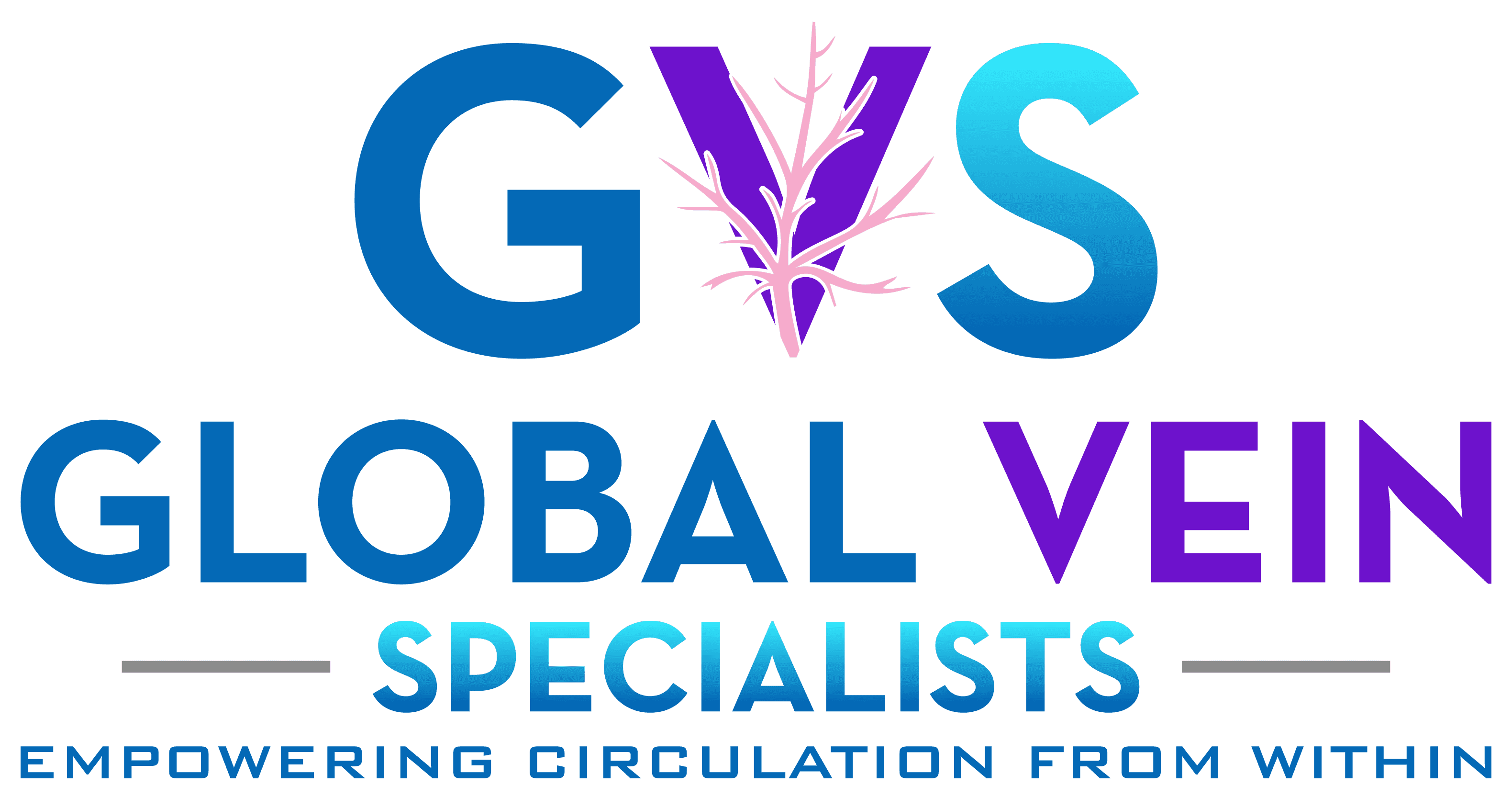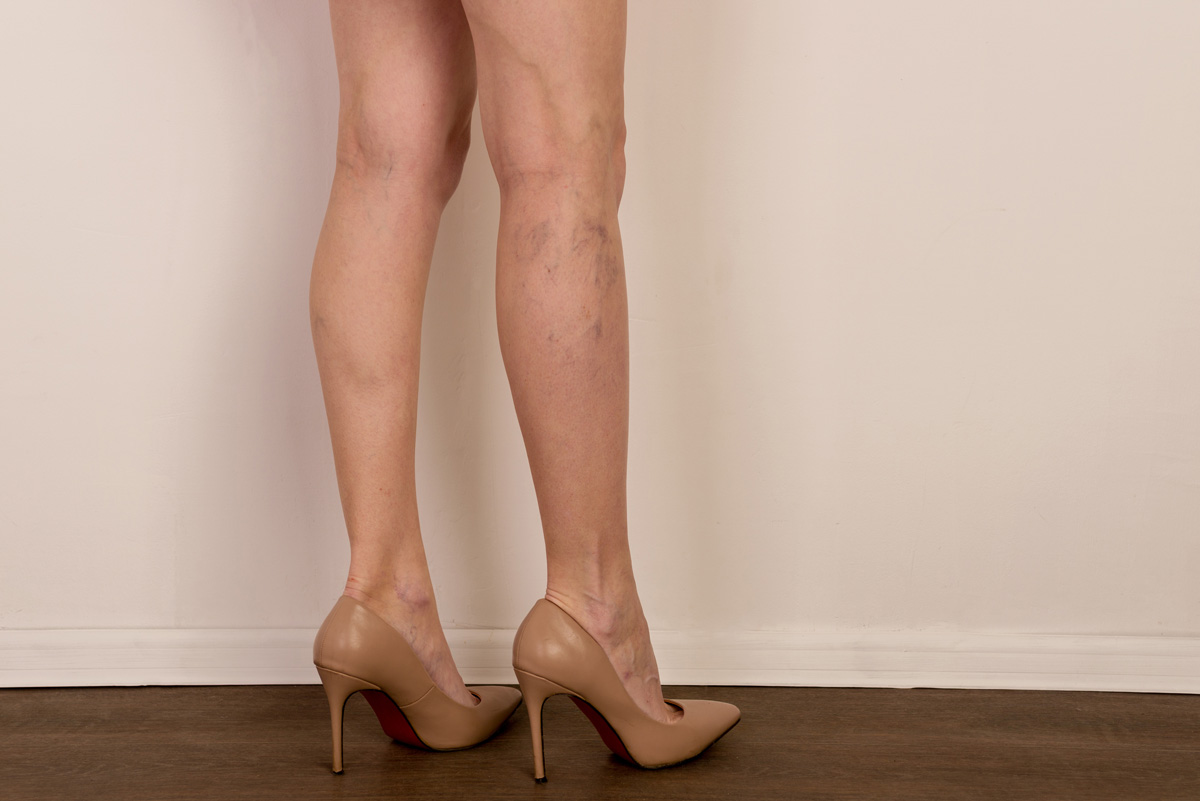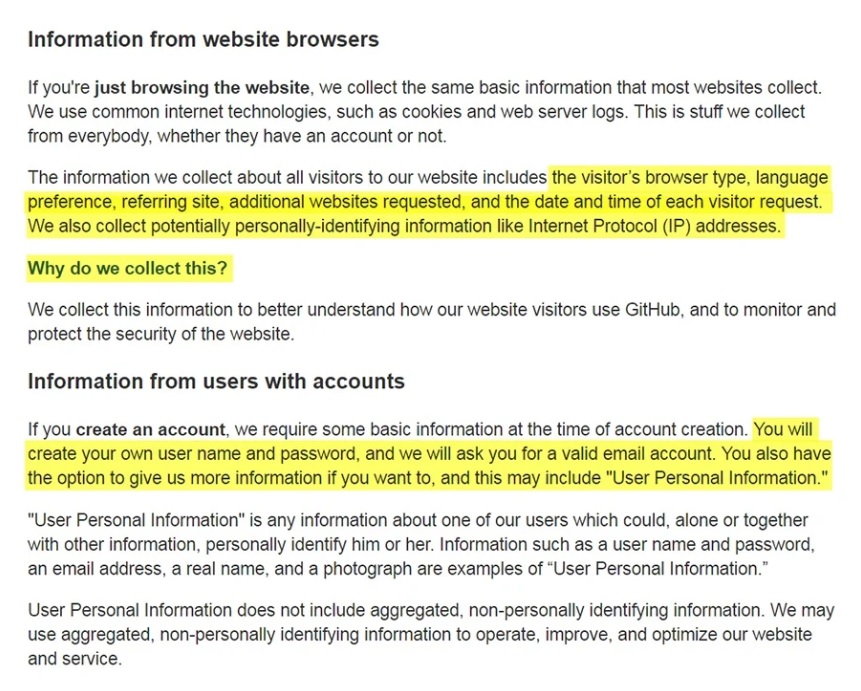Chronic venous insufficiency (CVI) is a condition where the veins in the legs do not efficiently return blood to the heart, leading to blood pooling in the lower extremities. While CVI is a chronic condition, it can be managed and treated to alleviate symptoms and prevent complications. Treatment often involves a combination of lifestyle changes, medical treatments, and in some cases, surgical procedures.
Non-Surgical Treatments
1 – Compression Therapy:
- Compression Stockings: Wearing compression stockings helps improve blood flow and reduce swelling.
- Types: Available in various compression levels; a healthcare provider can recommend the appropriate type.
2 – Medications:
- Diuretics: To reduce swelling by decreasing fluid buildup.
- Anticoagulants: To prevent blood clots.
- Venoactive Drugs: Medications that improve vein tone and reduce symptoms like pain and swelling.
3 – Lifestyle Changes:
- Exercise Regularly: Activities like walking, swimming, and cycling improve circulation.
- Weight Management: Maintaining a healthy weight reduces pressure on leg veins.
- Elevate Legs: Elevating your legs above heart level several times a day helps improve blood flow.
- Avoid Prolonged Sitting or Standing: Take breaks to move around and flex your legs.
4 – Skin Care:
- Moisturize: To prevent skin dryness and cracking.
- Treat Ulcers: Prompt treatment of any skin ulcers to prevent infection and promote healing.
Minimally Invasive Procedures
1 – Sclerotherapy:
- Procedure: A solution is injected into the affected veins, causing them to close and eventually fade.
- Use: Effective for treating smaller varicose veins and spider veins.
2 – Endovenous Laser Therapy (EVLT):
- Procedure: A laser fiber is inserted into the vein to heat and close it off.
- Effectiveness: Highly effective for treating larger varicose veins with minimal downtime.
3 – Radiofrequency Ablation:
- Procedure: Uses radiofrequency energy to heat and close off the affected veins.
- Recovery: Minimal downtime, with some soreness and bruising.
4 – Venaseal:
- Procedure: Medical adhesive is used to close the affected vein.
- Advantage: Minimally invasive with quick recovery time.
Surgical Treatments
1 – Vein Stripping and Ligation:
- Procedure: Removing or tying off the affected vein through small incisions.
- Use: Typically reserved for severe cases where other treatments have failed.
2 – Ambulatory Phlebectomy:
- Procedure: Small varicose veins are removed through tiny skin punctures.
- Recovery: Quick recovery with minimal scarring.
3 – Vein Bypass:
- Procedure: Creating a detour for blood flow around a blocked vein.
- Use: Rarely used, reserved for severe cases involving major veins.
Prevention and Maintenance
- Regular Check-ups: Monitor your condition with regular visits to a healthcare provider.
- Healthy Lifestyle: Continue with regular exercise, weight management, and avoiding prolonged immobility.
- Compression Therapy: Consistently use compression stockings if recommended by your doctor.
Consultation with Specialists
- Vascular Specialist or Phlebologist: For diagnosis, treatment planning, and specialized care.
- Dermatologist: For skin care and treatment of any associated skin conditions.
Conclusion
While chronic venous insufficiency cannot be completely cured, its symptoms can be effectively managed, and complications can be minimized with appropriate treatment and lifestyle modifications. Consulting with healthcare providers for a tailored treatment plan is crucial to managing this condition successfully.









